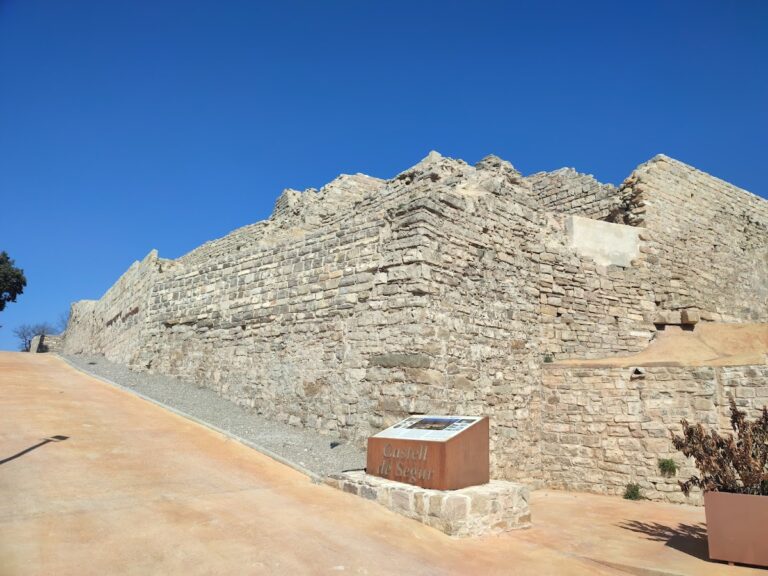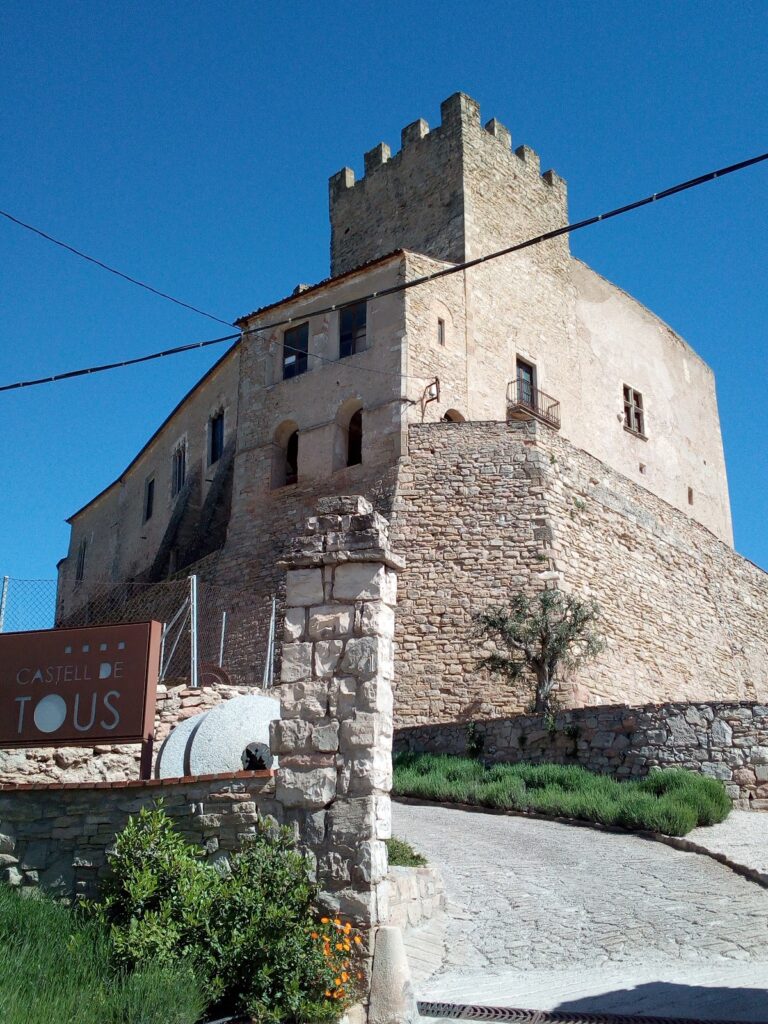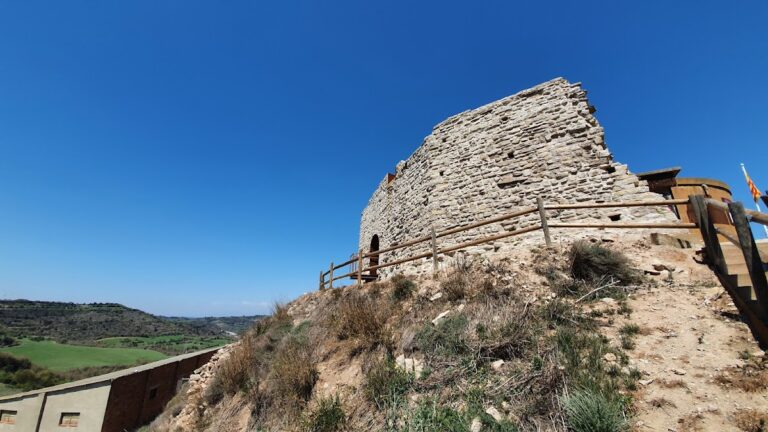Castell de Rubió: A Medieval Border Stronghold in Spain
Visitor Information
Google Rating: 4.5
Popularity: Very Low
Google Maps: View on Google Maps
Official Website: www.rubio.cat
Country: Spain
Civilization: Unclassified
Remains: Military
History
The Castell de Rubió stands near the village of Rubió in Spain, built by medieval Christian forces likely at the end of the 10th century. Positioned on a rocky promontory, it served as a border stronghold during a period marked by territorial conflict and consolidation.
The castle is first mentioned in historical documents dating either to 1063 or 1069. By the late 12th century, in 1198, governance of the castle was held by Pedro de Bertran of Rubió. In the early 14th century, control shifted to the Castellolí family before passing to the Timor family through Francesca Timor, who married Berenguer de Boixadors. This transfer illustrates the common medieval practice of linking property rights and political influence through marriage alliances.
In 1380, Bernat de Boixadors secured the legal jurisdiction of Rubió by purchasing it from King Pedro IV of Aragon, known as “the Ceremonious.” This acquisition reinforced the Boixadors family’s influence in the region. One of his descendants, Bernat Guerau de Boixadors i d’Urriés, played a role during the Catalan Civil War beginning in 1462, aligning with the juanistas, a faction in opposition to the Generalitat, the autonomous government of Catalonia.
Over the following centuries, the Boixadors family expanded their holdings by obtaining the counties of Savallá and Perelada, maintaining authority over Rubió until the conclusion of the Ancien Régime, the old monarchical and feudal order. Evidence from a land registry between 1752 and 1755 names Bernat Antonio de Boixadors as the lord of the manor. A small settlement developed at the castle’s base, although today it exists in a much diminished form. In recognition of its historical significance, the castle was officially declared a Cultural Asset of National Interest by a royal decree published in 1949.
Remains
The Castell de Rubió occupies a rocky outcrop, configured primarily as a medieval fortification with substantial defensive features. The most prominent surviving structure is the lower portion of a circular tower constructed in the 11th century. This tower was built using ashlar masonry, a technique involving carefully cut and dressed stone blocks fitted together to form strong, durable walls.
Surrounding the tower are traces of perimeter walls, which show signs of thorough construction and maintenance over many centuries. These walls likely reflect a series of expansions and repairs carried out from the 12th to the 18th centuries, indicating the castle’s continual adaptation to changing defensive needs.
In recent times, stone staircases have been added within the ruins to facilitate entry into the interior areas of the site. Despite the castle’s ruinous state, these interventions provide access to its historical core. The location on a steep, rocky promontory overlooking the village reinforces its role as a strategic outpost guarding territorial borders during the medieval period.
Overall, the surviving elements of Castell de Rubió demonstrate its long-standing military function and the sustained effort invested in maintaining and modifying the fortress across several centuries.










